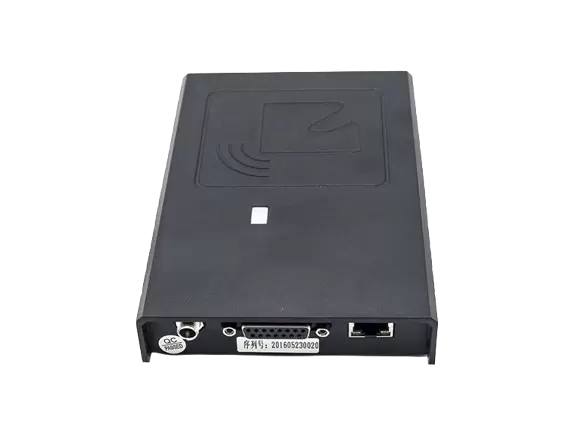The Powerhouse of Electronics: Unveiling the Most Utilized Element
2 min readIn the vast realm of electronics, numerous elements play a crucial role in powering our modern world. However, one element stands out as the undisputed powerhouse, driving the innovation and functionality of electronic devices. In this article, we will delve into the realm of electronics and explore the element that is most extensively used, its significance, and its impact on various industries.
- The Reigning Champion: Silicon
Silicon, a chemical element with atomic number 14, takes the crown as the most utilized element in electronics. Its unique properties make it an ideal choice for a wide range of electronic applications. Silicon's abundance, stability, and compatibility with other elements make it the backbone of modern technology. - The Foundation of Semiconductors
Silicon's exceptional semiconducting properties make it the foundation of electronic devices. By carefully manipulating the electrical conductivity of silicon, engineers can create transistors, diodes, and integrated circuits (ICs). These components form the building blocks of computers, smartphones, and countless other electronic devices. - Silicon in Integrated Circuits
Integrated circuits, commonly known as microchips, are the heart and soul of modern electronics. These tiny marvels consist of multiple interconnected transistors and other electronic components. Silicon's ability to form a stable and reliable oxide layer enables the creation of intricate circuitry on a microscopic scale, allowing for the integration of millions, or even billions, of transistors on a single chip. - Silicon's Role in Power Electronics
Beyond the realm of microchips, silicon plays a vital role in power electronics. Power devices, such as silicon-controlled rectifiers (SCRs) and insulated gate bipolar transistors (IGBTs), rely on silicon's ability to handle high voltages and currents efficiently. These devices are essential for applications like electric vehicles, renewable energy systems, and industrial machinery. - Silicon's Impact on Communication
The telecommunications industry heavily relies on silicon-based technologies. Optical fibers, which transmit vast amounts of data over long distances, utilize silicon for their core material. Additionally, silicon photonics enables the integration of optical components with traditional electronic circuits, paving the way for faster and more efficient communication systems. - Emerging Trends: Beyond Silicon
While silicon dominates the electronics industry, researchers are exploring alternative materials to overcome its limitations. Materials like gallium nitride (GaN) and graphene show promise for high-frequency applications and flexible electronics, respectively. However, silicon's extensive infrastructure and well-established manufacturing processes make it challenging for these alternatives to dethrone silicon in the near future.
Conclusion:
Silicon, the reigning champion of the electronics world, continues to shape our technological landscape. Its versatility, reliability, and abundance make it the go-to element for a wide range of applications. From microchips to power electronics and communication systems, silicon's impact is undeniable. As technology advances, researchers will continue to push the boundaries of materials science, but for now, silicon remains the unrivaled powerhouse of electronics.


